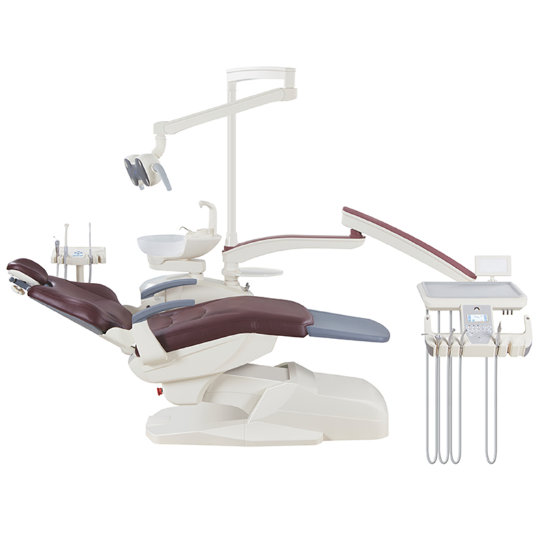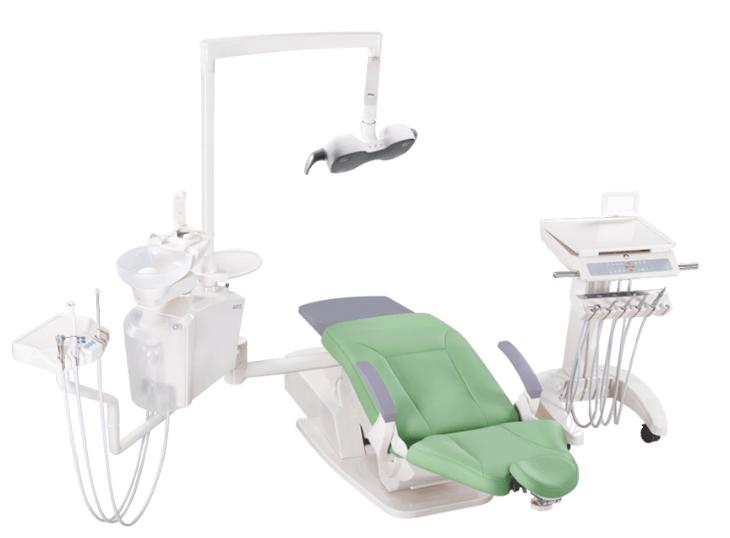How Does A Dental Unit Foot Pedal Work?
In the world of dentistry, precision and efficiency are paramount. Amidst the array of tools and equipment, the dental unit foot pedal stands as a seemingly humble yet crucial component in ensuring seamless operations within a dental office.
This article aims to delve into the intricate workings, varied uses, ease of operation, and the potential troubleshooting of this indispensable device.
This article aims to delve into the intricate workings, varied uses, ease of operation, and the potential troubleshooting of this indispensable device.
How Does A Dental Unit Foot Pedal Work?
The dental unit foot pedal, often overlooked, functions as a hands-free control mechanism, allowing dentists and dental assistants to manage a range of tools and functions during procedures. Typically situated on the floor, the pedal is connected to the dental unit through a series of pneumatic or hydraulic lines.
Its operation is elegantly simple. Applying pressure with the foot activates specific functionalities such as controlling the dental chair's movement, regulating water flow, managing suction, or even operating certain handpieces like drills or polishers. This mechanism grants dental practitioners the freedom to concentrate on the procedure without interruptions.
Its operation is elegantly simple. Applying pressure with the foot activates specific functionalities such as controlling the dental chair's movement, regulating water flow, managing suction, or even operating certain handpieces like drills or polishers. This mechanism grants dental practitioners the freedom to concentrate on the procedure without interruptions.
What are the Uses of Dental Unit Foot Pedal?
The dental unit foot pedal serves a multitude of crucial purposes within a dental setting, offering hands-free control over various instruments and functionalities. Its versatile applications include:
Chair Position Control
Dental chairs often come equipped with motors for adjustment. The foot pedal allows effortless control of the chair's height, reclining, and tilting, providing optimal positioning for both the dentist and the patient.
Handpiece Activation
Dental procedures require precise control over handpieces such as drills, polishers, or suction devices. The foot pedal enables seamless activation and deactivation of these tools, allowing the dentist to focus on the procedure without interruptions.
Water and Air Regulation
Controlling the flow of water and air is essential during dental procedures. The foot pedal manages the delivery of these elements to various instruments, ensuring a steady and controlled supply for irrigation, cooling, or drying purposes.
Suction Management
Maintaining a dry working environment is crucial in dentistry. The foot pedal regulates the suction system, efficiently removing excess saliva, blood, or debris from the oral cavity during treatments.
Operational Efficiency
By providing a hands-free control mechanism, the foot pedal enhances the overall efficiency of dental procedures. Dentists can swiftly switch between instruments or adjust chair positions without needing to pause and manually operate controls, streamlining the workflow.
Reduced Cross-Contamination
The hands-free operation of the foot pedal minimizes the risk of cross-contamination. Dental professionals can avoid touching control panels or switches with gloved hands, maintaining a sterile environment.
Enhanced Ergonomics
Utilizing a foot pedal promotes better ergonomics for dental practitioners. It allows for natural movement and positioning while working, reducing strain on the hands and arms during lengthy procedures.
Patient Comfort and Safety
Efficient control over the chair's position and instrument activation through the foot pedal contributes to patient comfort and safety. Dentists can make adjustments smoothly, ensuring a more comfortable experience for the patient.
FAQ: Is It Easy to Operate A Dental Unit Foot Pedal?
Operating a dental unit foot pedal is generally straightforward, but mastery requires practice and familiarity.
FAQ: Can Foot Pedals Be Replaced or Repaired If They Malfunction?
Like any mechanical component, dental unit foot pedals are subject to wear and tear over time. When malfunctions occur, the first step involves diagnosing the issue, which could range from simple adjustments to more complex repairs or replacements.
Most reputable dental equipment providers offer repair services or replacements for malfunctioning foot pedals, ensuring minimal disruption to the clinic's operations.
Most reputable dental equipment providers offer repair services or replacements for malfunctioning foot pedals, ensuring minimal disruption to the clinic's operations.
Conclusion
Finally, the dental unit foot pedal may seem unassuming, but its role in the smooth functioning of a dental practice cannot be overstated. From enabling precise control of instruments to enhancing operational efficiency, this unobtrusive device remains a cornerstone of modern dental procedures.



Leave a comment